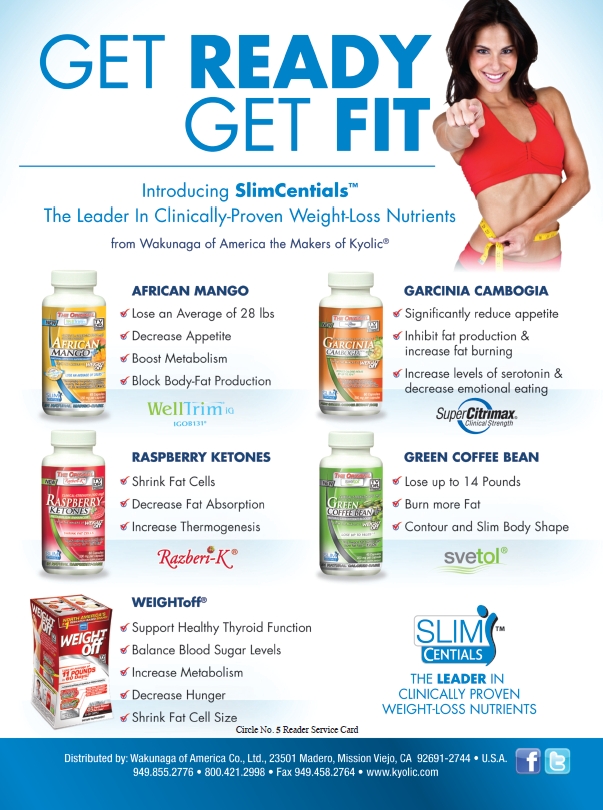Transparency is big these days, especially in our industry. Millions of U.S. shoppers are drawn to natural and organic products in the first place because they want to know exactly what’s in their food, how companies are treating the environment and how growers are compensated.
In general, I’d say “transparency” is more than a trendy buzz word for most industry companies. It’s practically the mantra of so many amazing companies that sell natural products. Their practices are open books, and anyone can inspect them line by line. These are the companies that take regulatory compliance extremely seriously. They voluntarily third-party certify claims like “gluten free,” make public results of analytical testing and welcome on-site facility tours—even from regulators.
But every so often, you run across a company or  an individual that isn’t playing by the rules. Sometimes, we read about them in warning letter briefs or FTC lawsuit proceedings. But when someone you personally trust crosses the line, it feels like a slap in the face. And for me, the disappointment stings long after the shock fades.
an individual that isn’t playing by the rules. Sometimes, we read about them in warning letter briefs or FTC lawsuit proceedings. But when someone you personally trust crosses the line, it feels like a slap in the face. And for me, the disappointment stings long after the shock fades.
Swept Under the Rug
I recently had the chance to hear a lecture from a naturopathic doctor who had credentials most of us would seek out in a healthcare provider. She had decades of experience under her belt, a clinic of her own, education from great schools, awards for her research, a professorship…the tops.
Her lecture covered the many ways one could support heart health through integrative medicine, and the conversation turned to red yeast rice. Of course, this herb has a rich history of which you may be aware. Red yeast rice, manufactured in the traditional way, naturally contains trace amounts of lovastatin, which is also the active ingredients in statin drugs. It is prescribed to lower “bad” LDL cholesterol as a branded blockbuster drug. The U.S. Food and Drug Administration (FDA) has gone on record with its viewpoint that it considers red yeast rice with more than trace amounts to be a drug, not a dietary supplement. Since 1998, manufacturers have had to abide by this rule before they can legally sell it.
 The catch is red yeast rice with trace amounts won't work as well as red yeast rice with larger quantities, some (like the naturopath I heard) believe. Despite FDA’s view on the matter, a handful of manufacturers are rumored to use a manufacturing process that allows more of the lovastatin in the end product, since it won’t be on the label anyway. Of course, they feel they are creating a product that would have an edge over competitor products.
The catch is red yeast rice with trace amounts won't work as well as red yeast rice with larger quantities, some (like the naturopath I heard) believe. Despite FDA’s view on the matter, a handful of manufacturers are rumored to use a manufacturing process that allows more of the lovastatin in the end product, since it won’t be on the label anyway. Of course, they feel they are creating a product that would have an edge over competitor products.
This is a problem. A big one. It’s not legal to sell a product made in this way, with enhanced or added lovastatin, in supplement form. Even if you feel FDA’s rationale is an unfair, biased load of garbage, we’ve all got to abide by the regulations that are in place.
The doctor I mentioned? She specifically sought out red yeast rice with ramped up lovastatin to give patients because it works better, in her view.
This floored me. We cannot have individuals’ best interests at heart if we’re duping them into taking a product they didn’t sign up for.
I completely understand the passion that many of us have about the  countless amazing ways natural supplements can help our bodies. I totally get the frustration that folks have about what they can and cannot say about the supplements and foods they sell. And, I thoroughly understand skepticism about whether the agency is “bought” by deep-pocketed parties with vested interests (like Big Pharma or Big Ag).
countless amazing ways natural supplements can help our bodies. I totally get the frustration that folks have about what they can and cannot say about the supplements and foods they sell. And, I thoroughly understand skepticism about whether the agency is “bought” by deep-pocketed parties with vested interests (like Big Pharma or Big Ag).
But, whether we like it or not, we absolutely cannot sell products in the shadows of the law. Remember, transparency is one of the most important ways our industry differentiates itself, and it’s one big reason why so many shoppers trust our products. They deserve to know everything that’s in that bottle of red yeast rice, and if we don’t deliver on that, then we’re doing shoppers and all the good players in the industry an enormous disservice. WF
Kaylynn Chiarello-Ebner
Editor/Associate Publisher
Published in WholeFoods Magazine, April 2014
This piece was revised on April 21, 2014.










